No Results Found
The page you requested could not be found. Try refining your search, or use the navigation above to locate the post.
The page you requested could not be found. Try refining your search, or use the navigation above to locate the post.
Features information that is relevant to travellers who are thinking about and actively planning a visit to Mauritus.

The Ile aux Cerfs day tour starts with a boat transfer, in a comfortable spacious motor boat, to Ile aux Cerfs Island. The boat trip takes about 15 minutes. Once you reach Ile aux Cerfs you will be taken to the famous Ile aux Cerfs Sands Bar where you will get a complimentary refreshing fruit cocktail.
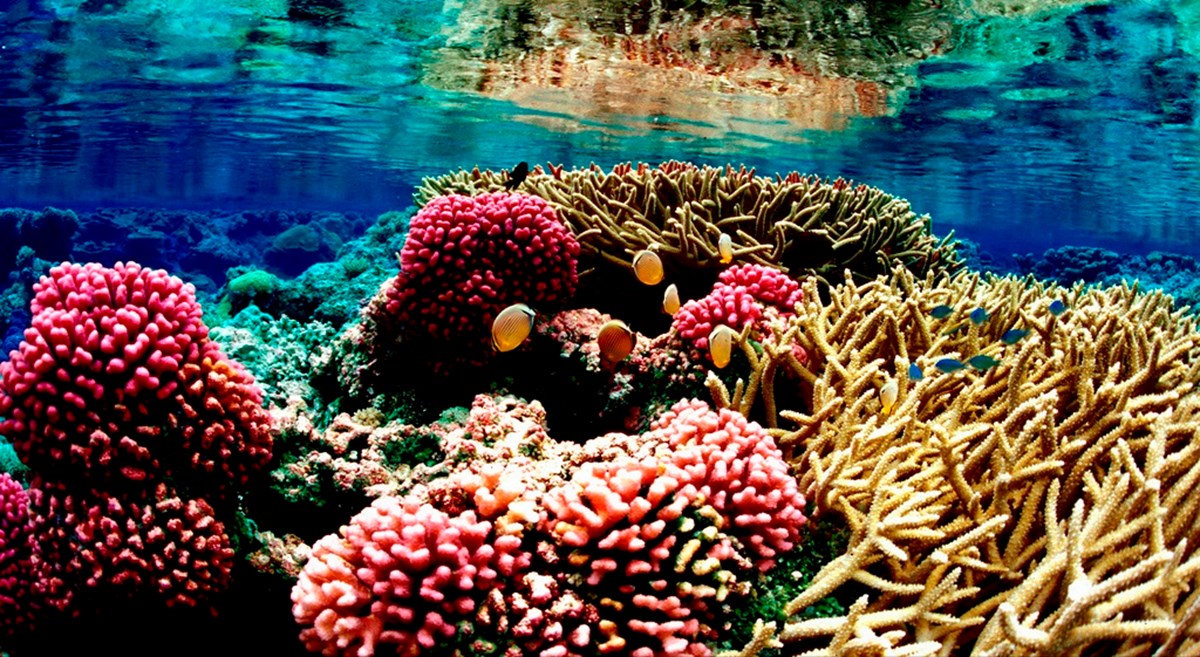
Rest of the morning you will spend on the beach doing whatever you like. The package includes a Sun Mattress for the day to lie down or for tanning just beside the beautiful beach.
You will be able to organize parasailing during your time on the island. The parasailing offers you a breathtaking bird’s eye view of Ile aux Cerfs Island.
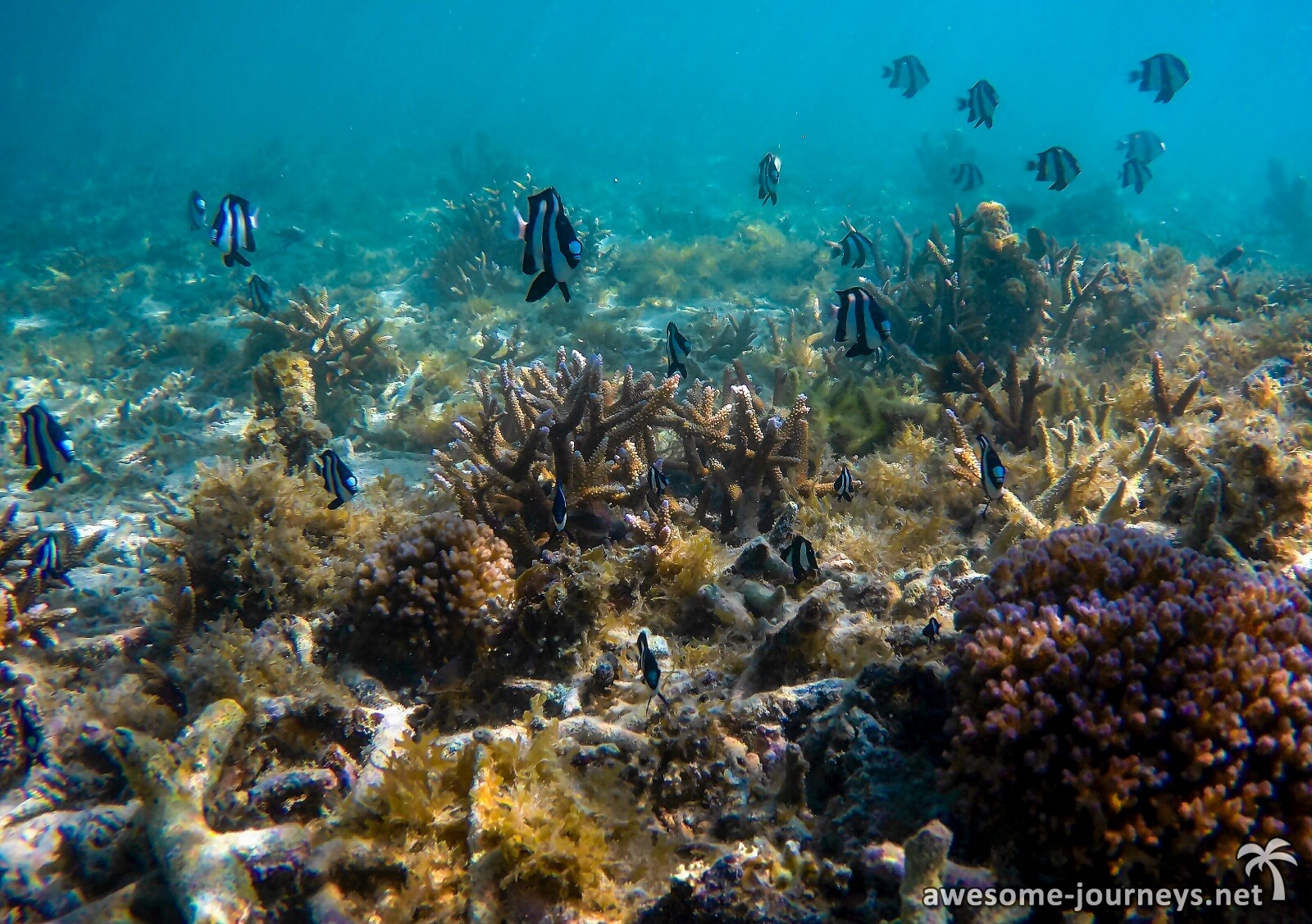
At noon time a 3 course meal or BBQ buffet Lunch is served at the Sands Grill. Lunch time is flexible between 11:00 – 15:00.
Sands Grill, also serves lightly grilled, fried or steamed local fish, seafood, Mauritian dishes & pizza. Vegetarian menu is available upon request made at the time when you book the tour.
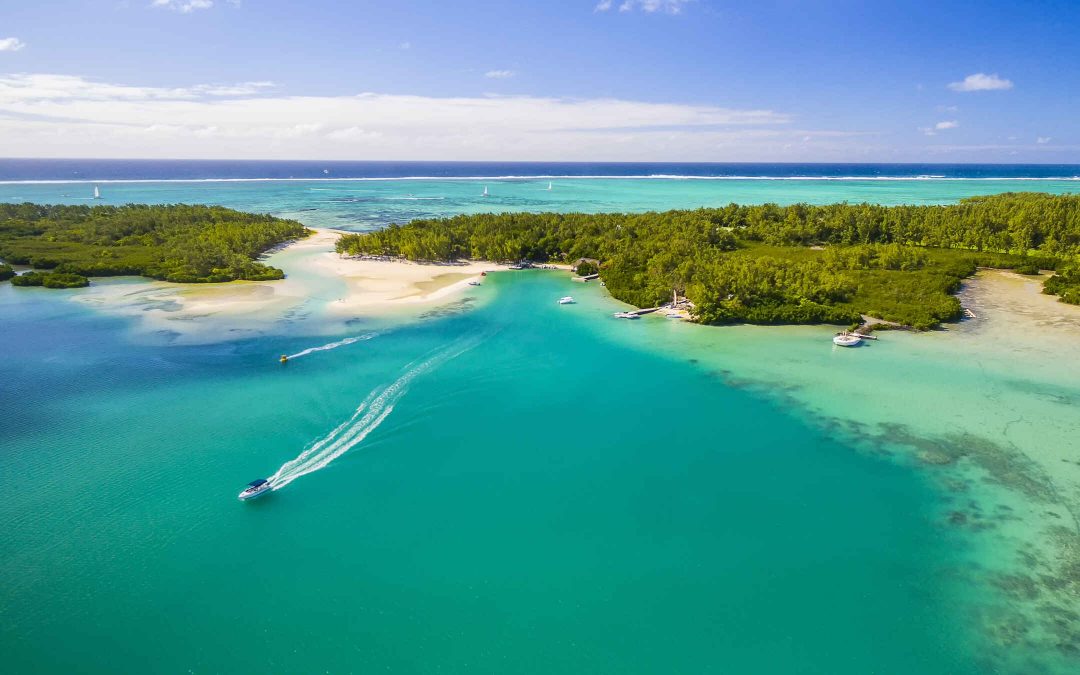
This tour pakage provides a full day of fun and relaxation on this paradise island. The tour starts with a boat transfer to Ile aux Cerfs Island which will take about 15 minutes. The boat transfer service is available every 20 minutes in a comfortable spacious motor boat.
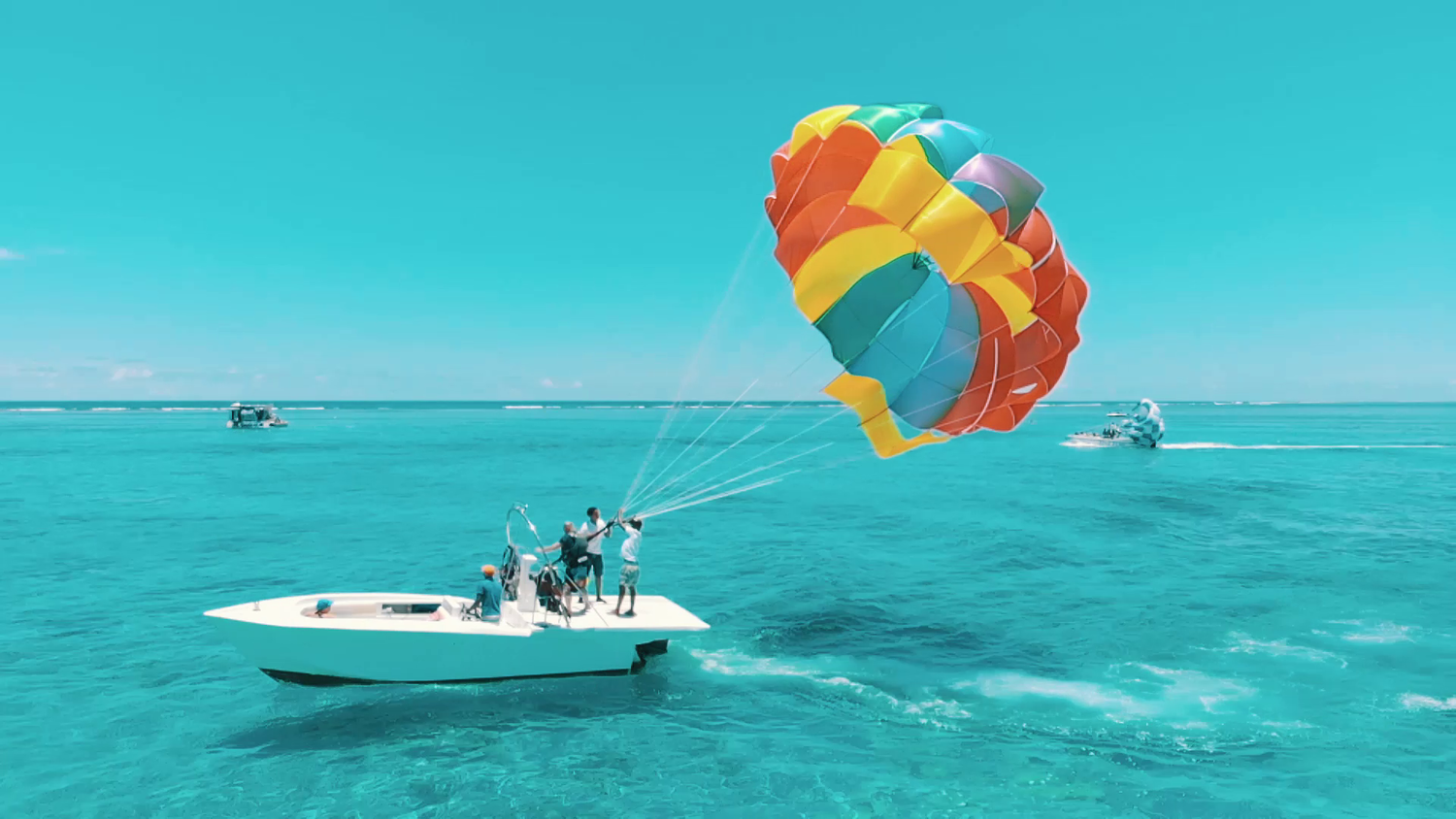
You will spend time in the morning on the beach going for a stroll, swimming in the lagoon, snorkeling or just relaxing and tanning. At around noon time a delicious Indian menu meal is served. You can have your lunch at any time between 12:00 – 14:00 at the La Chaumière Masala Indian Restaurant.
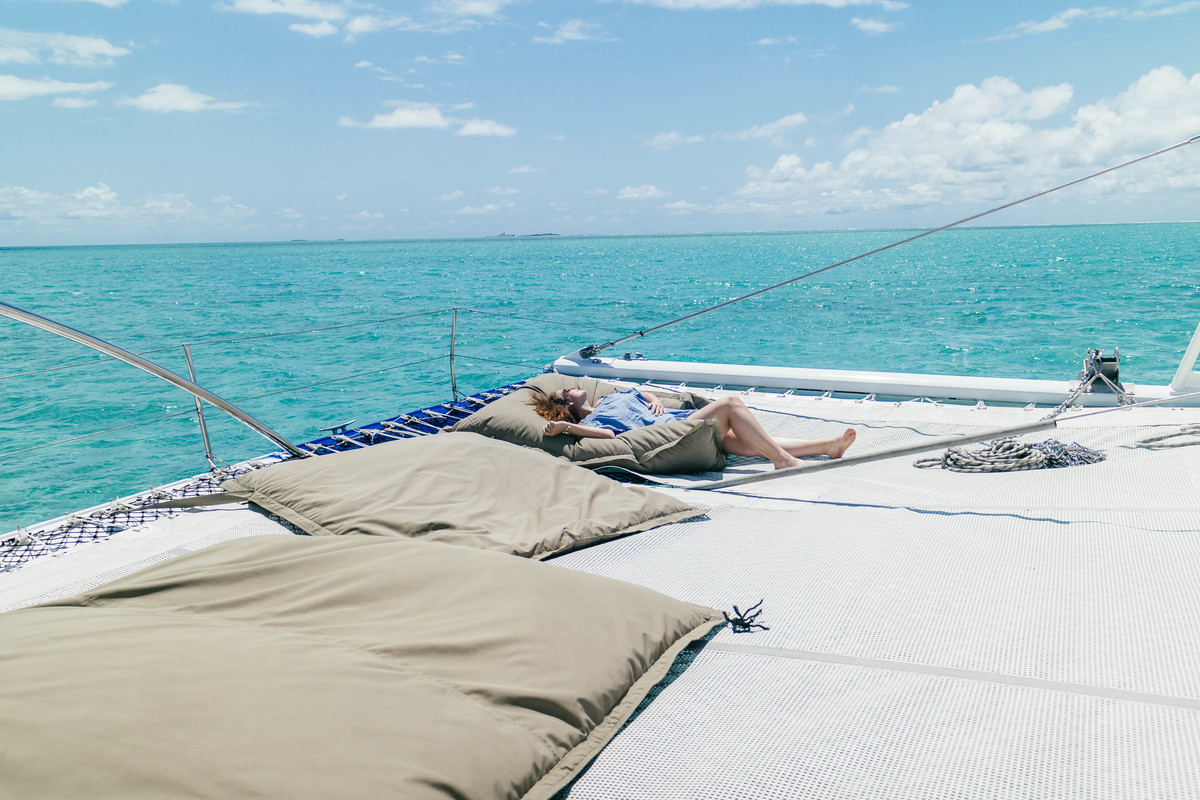
On Ile aux Cerfs, you are sure to enjoy one of the great activities offered on the island such as the Parasailing and the Ile aux Cerfs Treetops Adventure!
The restaurant serves vegetarian and non-vegetarian meals. The non-vegetarian menu consists of butter chicken, tadka dal, tandoori naan, mint & coriander pulao, cucumber & onion raita, pickle & papad and gulab jamun as dessert.
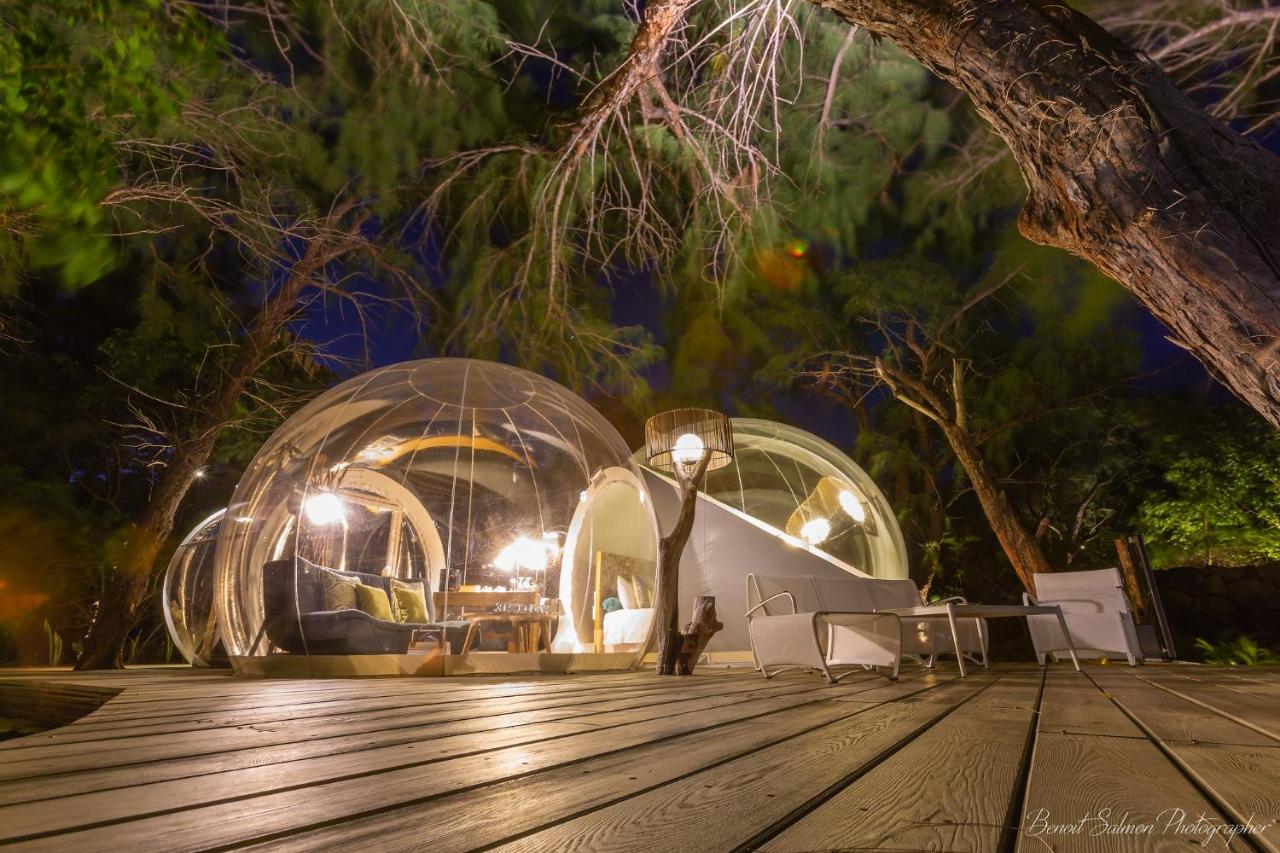
The vegetarian menu includes, paneer makhan masala, tadka dal, tandoori naan, mint & coriander pulao, cucumber & onion raita, pickle & papad, gulab jamun as dessert.
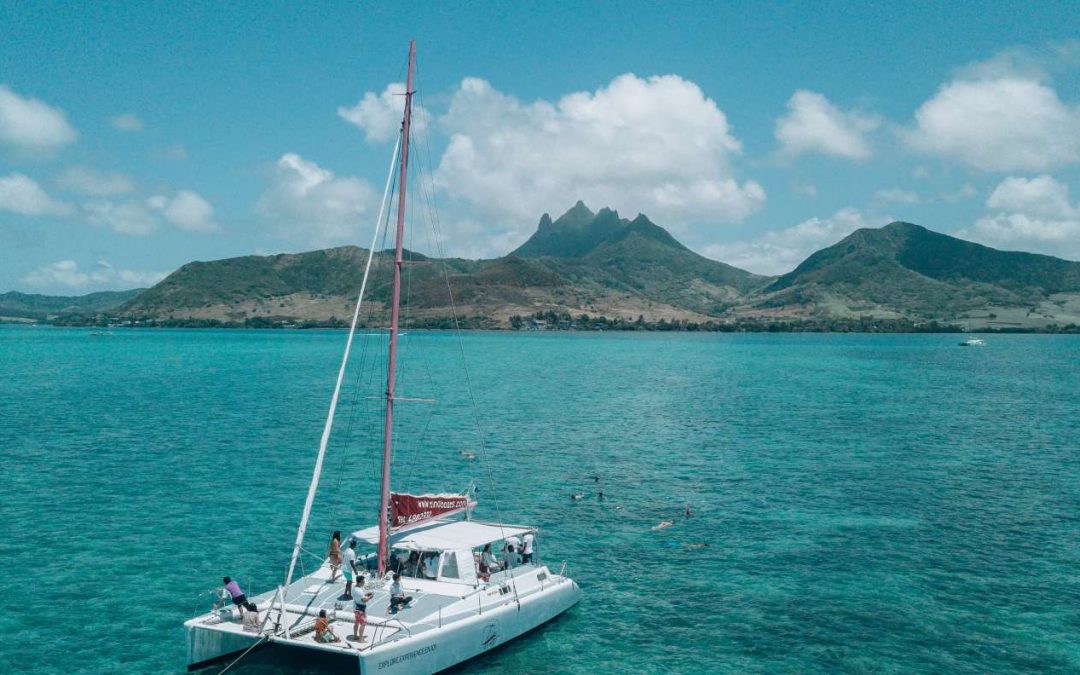
Mauritius Attractions also offers a full day catamaran cruise to Ile Aux Cerfs which departs from the village of Trou D’Eau Douce on the central east coast of Mauritius. This cruise includes: visit to Grand River Waterfalls, BBQ lunch, and unlimited supply of soft and alcoholic drinks.
The catamaran cruise starts at 09:30, departing from Trou D’Eau Douce on the East of Mauritius. First the catamaran will cruise along the shore line towards the Grand River Waterfalls. Then when reaching the Grand River, you will go by small speed boats to visit the waterfalls which are found about 500m upstream. Following the visit to the waterfalls you will head back to the catamaran.

The catamaran will then sail to the lagoon and stop for a snorkeling and swimming break. Snorkelers will see hundreds of bright-colored fish, some of the world’s most breathtaking coral reefs and marine life ever to be seen.
Then you will be served a delicious BBQ lunch buffet set on the beach or on the catamaran. Menu includes only fresh fish, fresh chicken and a selection of fresh rice and mixed salads. Dessert will consist of fresh local fruits, followed by coffee. If you are a vegetarian or have special needs, you should book your meals well in advance.

After lunch you will be heading to Ile aux Cerfs Island. for swimming and/or snorkel in the azure sea. You can also take advantage of the wide range of facilities on the island and the various water sports activities found there.
After the visit to Ile aux Cerfs, you will return to Trou D’Eau Douce at about 15:30.
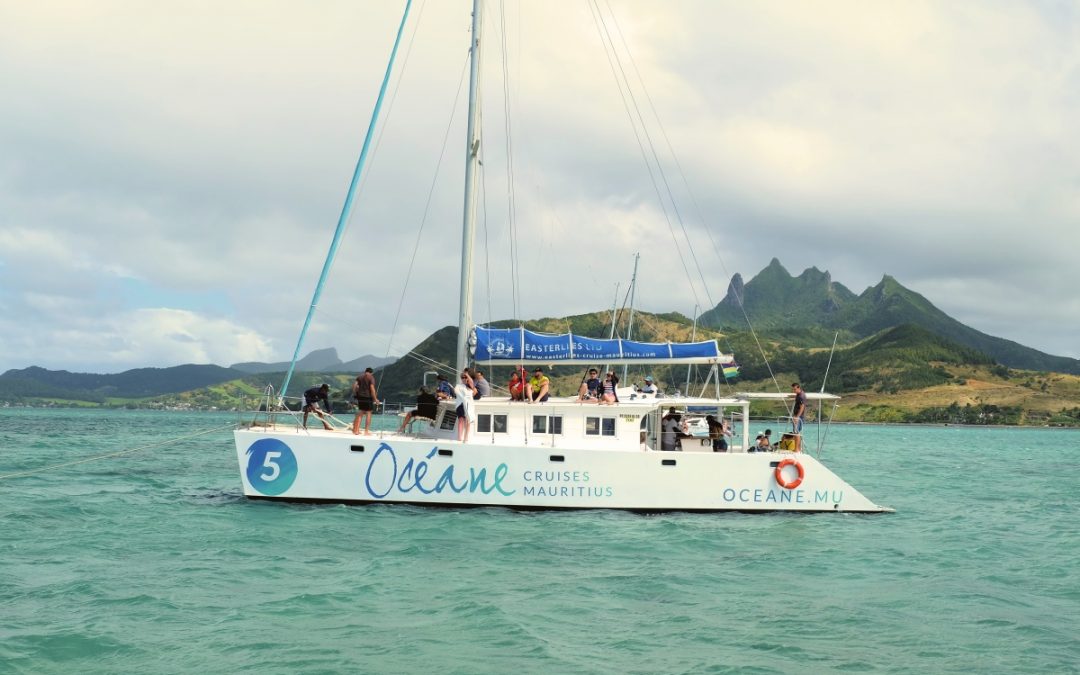
A brand new catamaran specially designed for day charters will take you to the South east coast of Mauritius. On board the catamaran you will enjoy good quality lunch, selection of alcoholic beverages (beer, rum, cocktails) and non-alcoholic drinks and more.
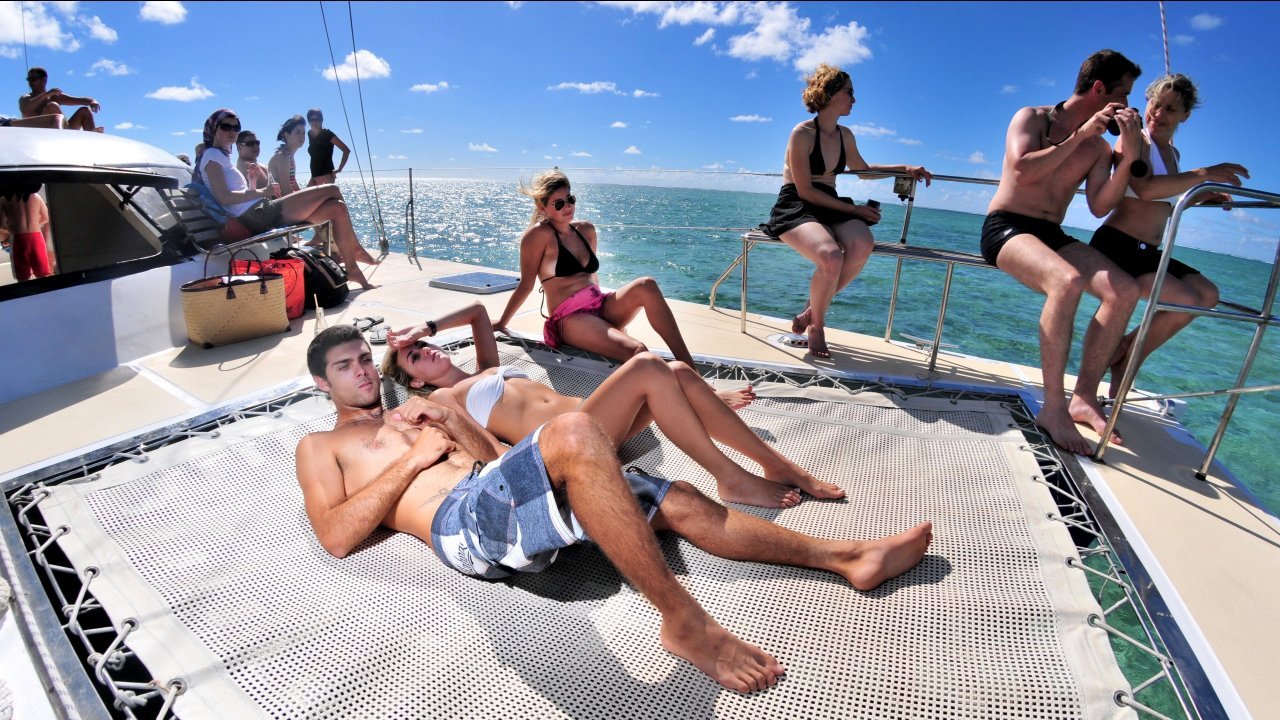
The catamaran cruise starts at 09:30 from the Jetty located at Pointe Jerome on the south east of Mauritius and returns to the hotel by 16:30. At around 11:00, the catamaran makes a stop near the lagoon,for you to enjoy snorkeling inside the island’s largest lagoon. You will see underwater marine life and swim amongst superb corals and brightly colored tropical fish.
After snorkeling, a BBQ lunch is served on board the catamaran. For vegetarians and for those who have other needs special lunch will be served.
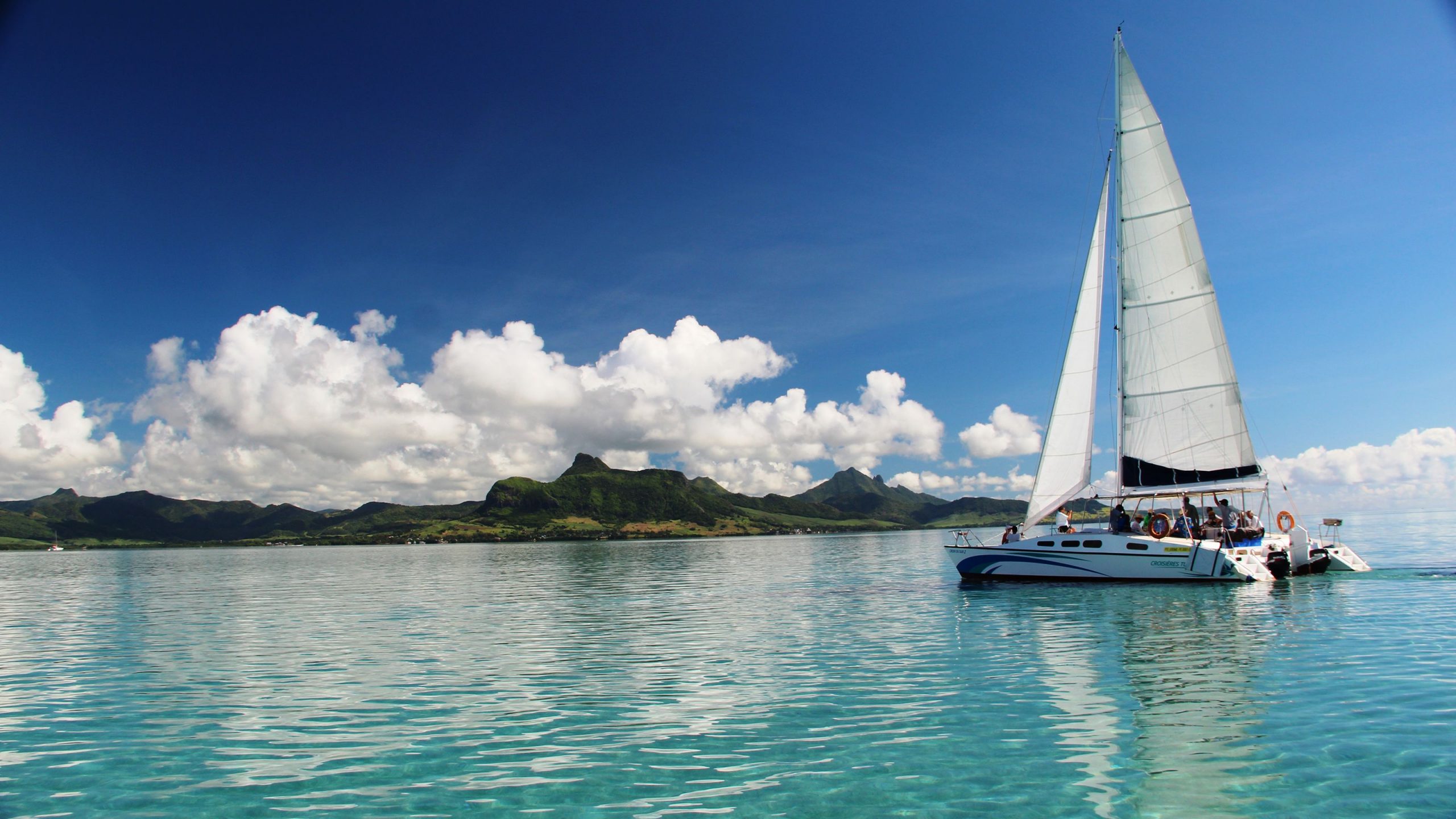
After lunch the catamaran will cruise into the sanctuary of Anahita and then it will drop you off the famous white sand bank of Ile Aux Cerfs. After spending some time on Ile aux Cerfs, you will re-embark on the catamaran and sail back to the Hotel’s jetty. Once on board tea and coffee is served as well as slices of cake. The bar remains open.
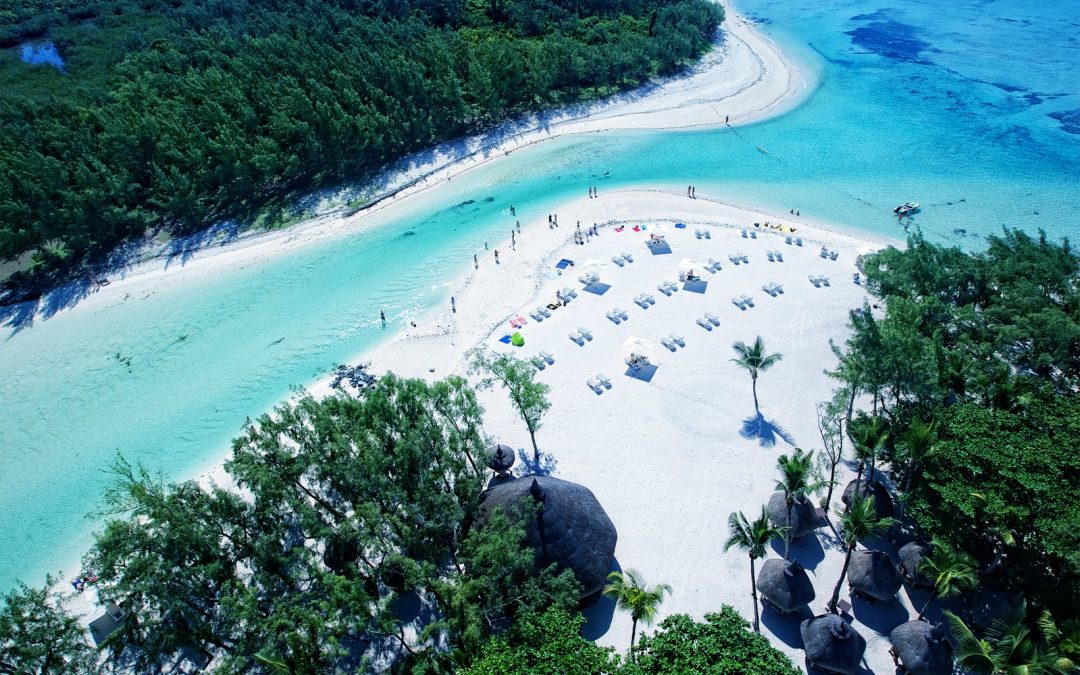
Ile aux Cerfs is a picturesque island spread over 87 hectares of land off the east coast of Mauritius. It is well known for its white sandy beaches, its turquoise lagoons and for the wide range of restaurants, water sports and land activities on offer.
Ile aux Cerfs in English means deer island but nowadays there are no more deers on the island.
The Ile Aux Cerfs offers a five star hotel with a golf course, several water sports activities, and restaurants. Water sports include water skiing, banana, glass bottom boats and more.
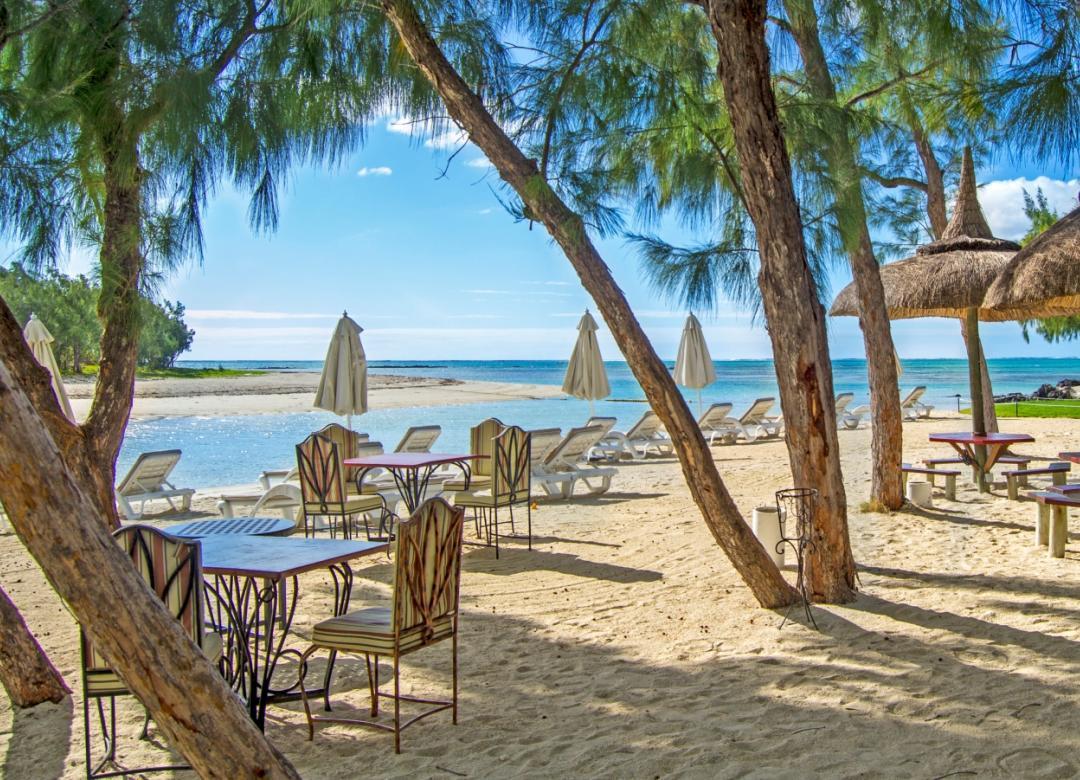
It is also home to one of the most beautiful golf courses in the world, the Ile aux Cerfs Golf Club, an 18-hole championship golf course designed by two-time Masters champion Bernhard Langer.
You can get to Ile Aux Cerfs from the mainland by speed boat, catamaran or even yacht. These are available at various points on the east coast of Mauritius. There are several organised tours available which can be cheaper than individual tours. Most organised tours provide lunch and drinks as part of the package.
The Ile aux Cerfs Leisure Island is open everyday from 09:00 to 18:00.
The Ile aux Cerfs Golf Club is open everyday from 07:00 to 20:00.
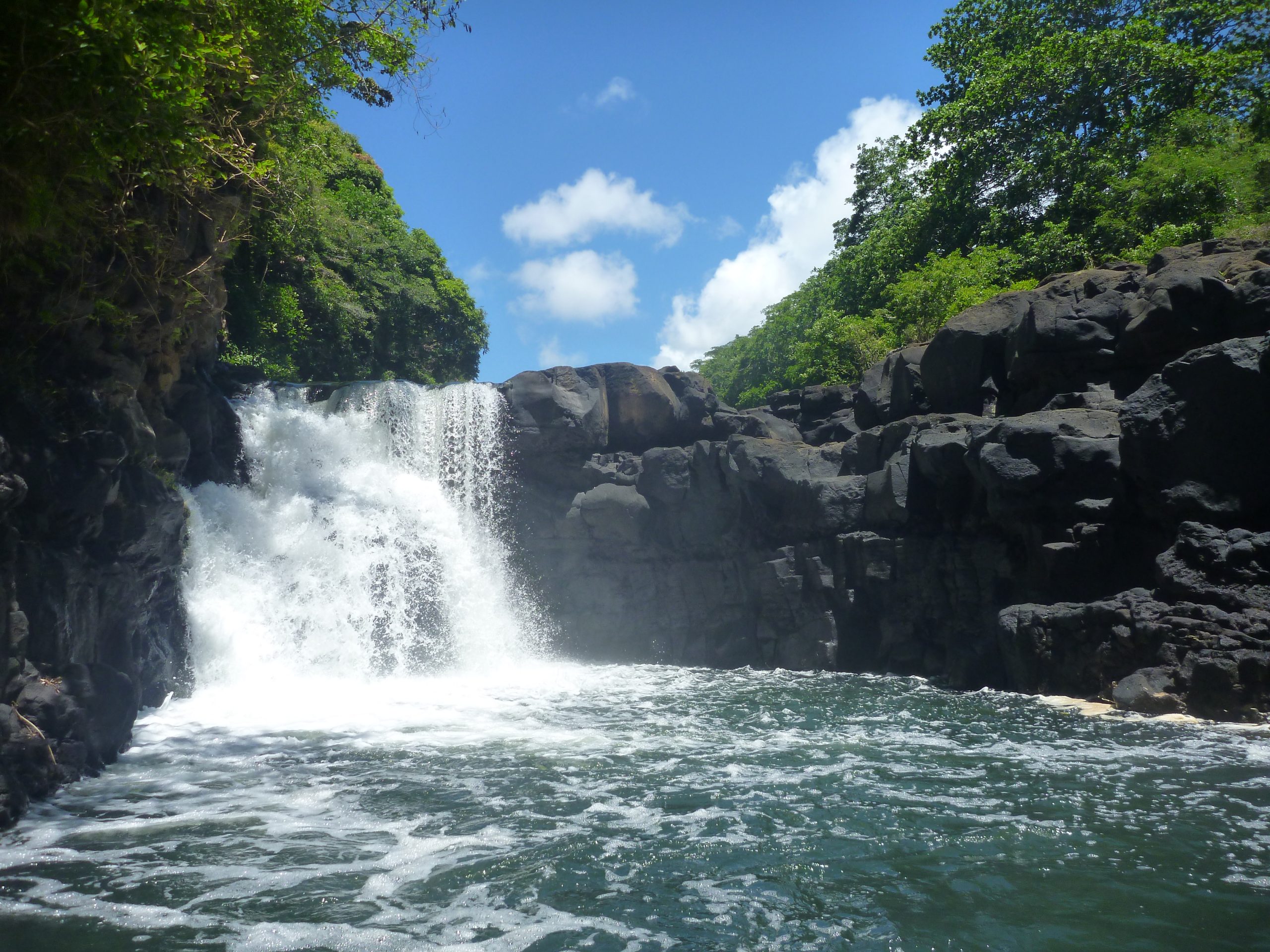
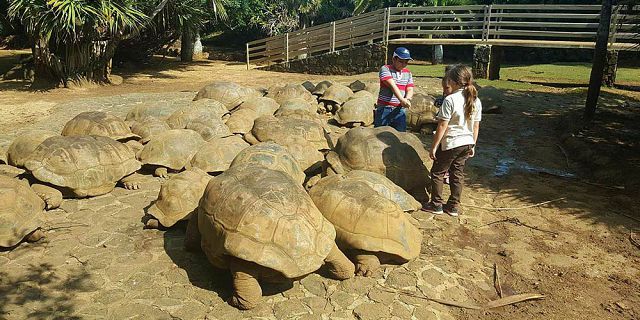
The Crocodile & Giant Tortoises Park is home to various species of animals, reptiles, and plants. It is in a rain forested valley with freshwater springs. Banana plants, palm trees and giant bamboo provide shade for the crocodiles and the giant tortoises.

During your visit to the park you will get a chance to feed, pet and play with giant tortoises. There is maximum safety to enable you to watch thousands of Nile crocodiles and giant tortoises.
In the park there is also a mini zoo of Mauritian fauna where you can find most of the Mauritian mammals and reptiles including skinks, phelsumas (geckos), giant tortoises, turtles, bats, deer, mongooses, monkeys, pigs, as well as domestic livestock such as goats, fat-tailed sheep and donkeys. There is also a Jungle Adventure Playground for kids to play.
You can visit the tortoise nursery where you will encounter Aldabra giant tortoises and you can feed them.
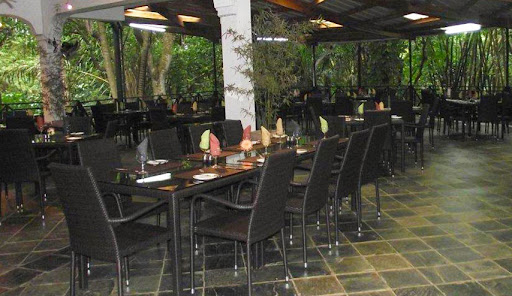
Hungry Crocodile Restaurant built among tree tops offers various local food and international dishes. You can also taste various dishes made out of crocodile meat. Snacks and beverages are also available.
The park is open from 9:30 to 17:00 and the price per adult is 13 euros and children (3-12) 7 euros. Visit the Tortoise Nursery is priced at 14 euros for adults and 9 euros for children.
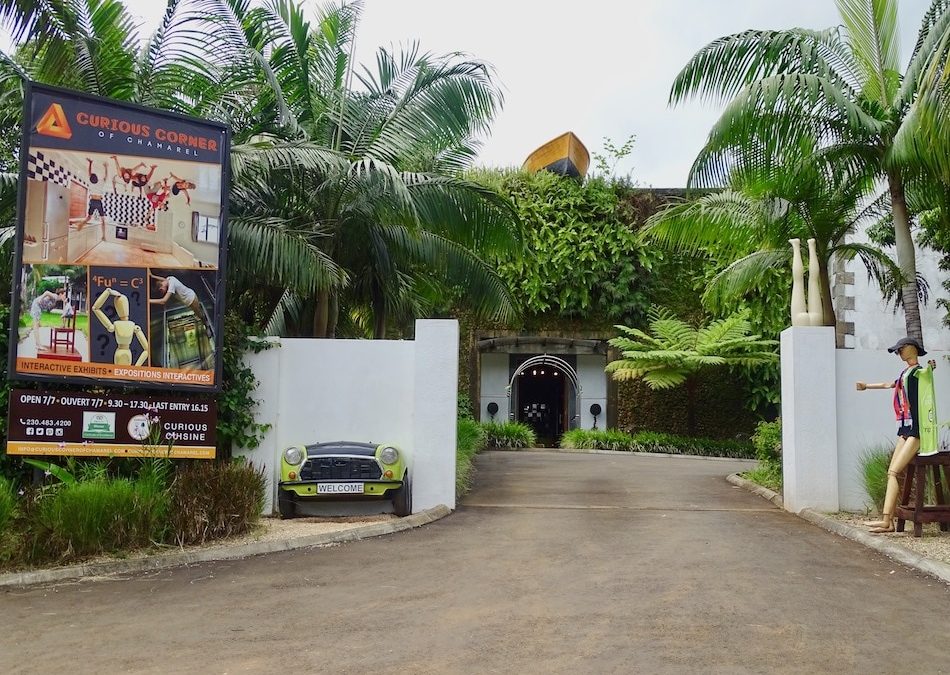
The Curious Corner of Chamarel is a house filled with a variety of delusional fantasies. There are 40 exhibits set over the 5,000sq meters. These exhibits will continually challenge your brain until you finish your tour in one-and-a-half hour.
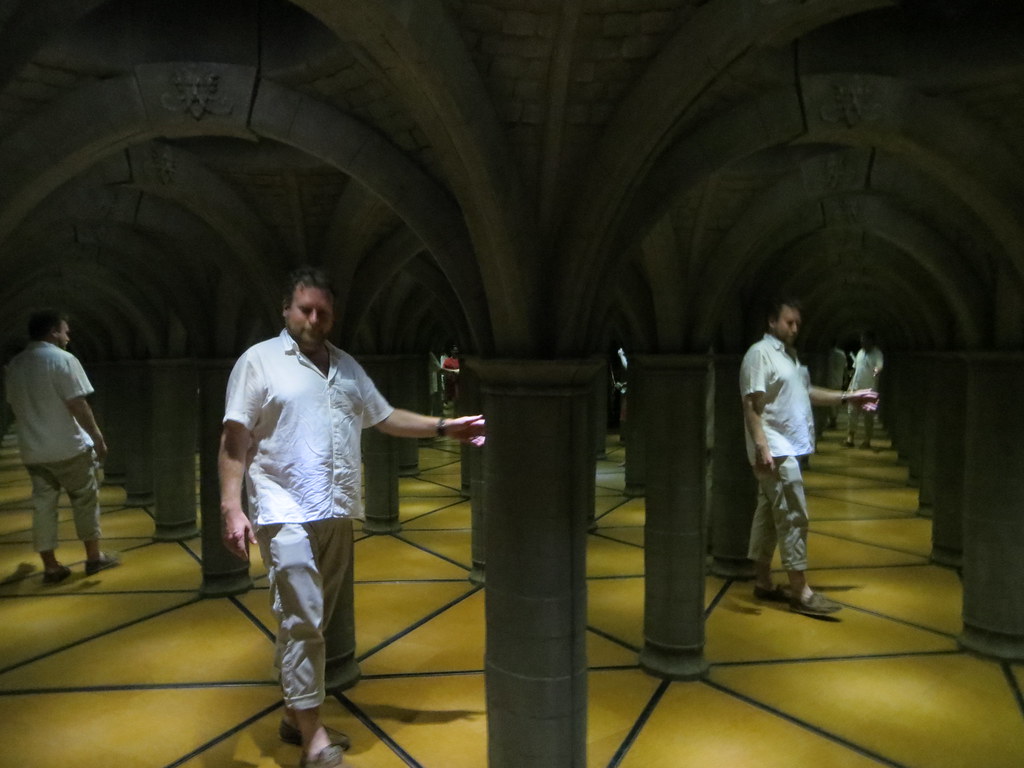
Mirror Maze is a room full of mazes surrounded by some 200 mirrors showing infinite reflections, impossible corridors and mind-bending light effects to enable you to find your way out of the maze.
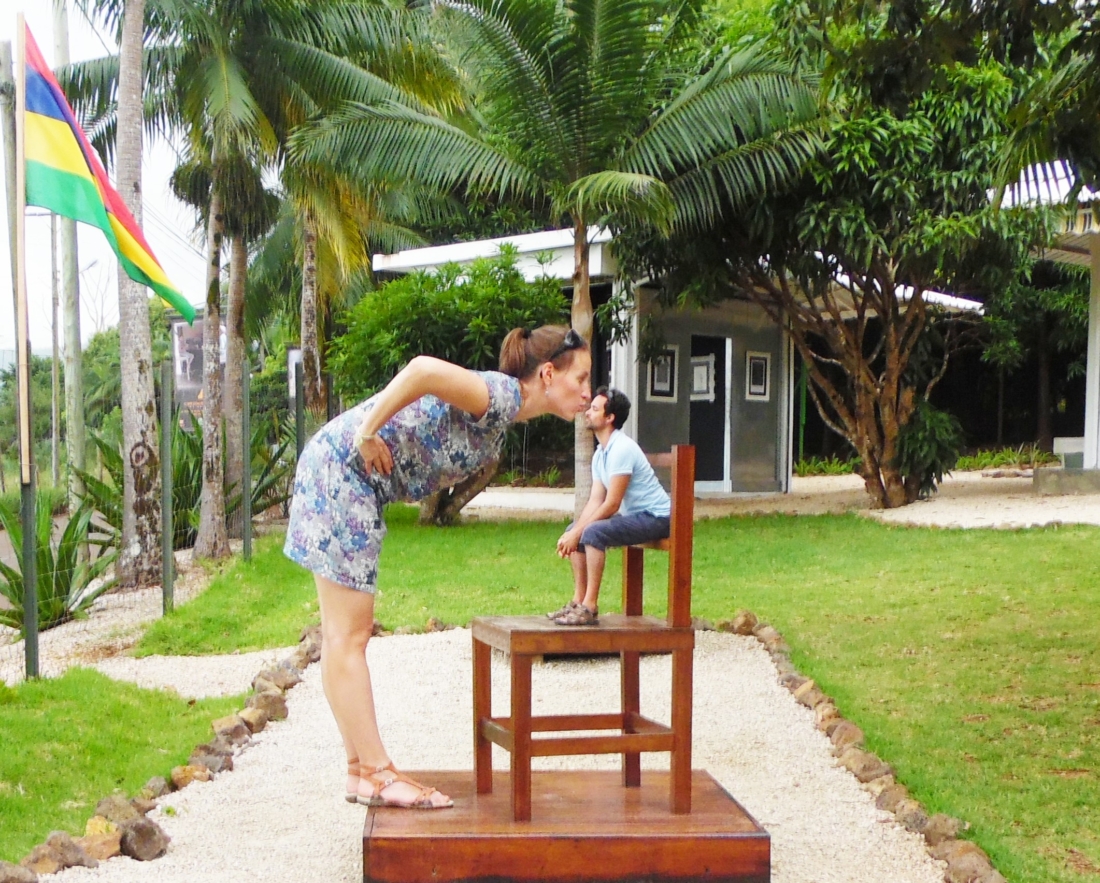
The Ames room shows 2 people standing in the same room appear much bigger or smaller than the other one. A picture moment with your partner will show who is really the taller.
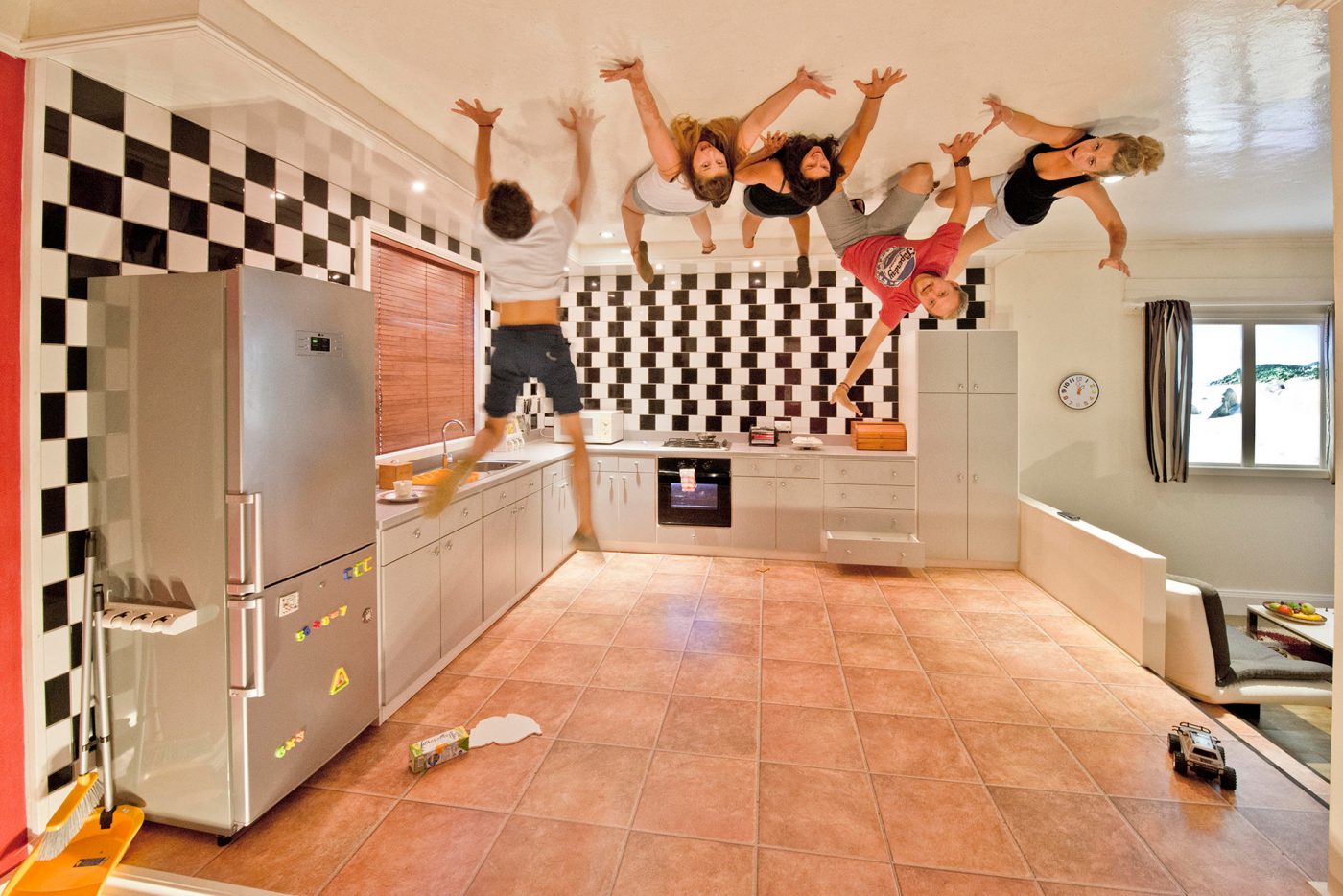
The upside down room shows things defying the law of gravity,
The Laser music room plays music with laser beams.
Entry fee is 10 Euros per adult and 6 per child below 12 years of age.